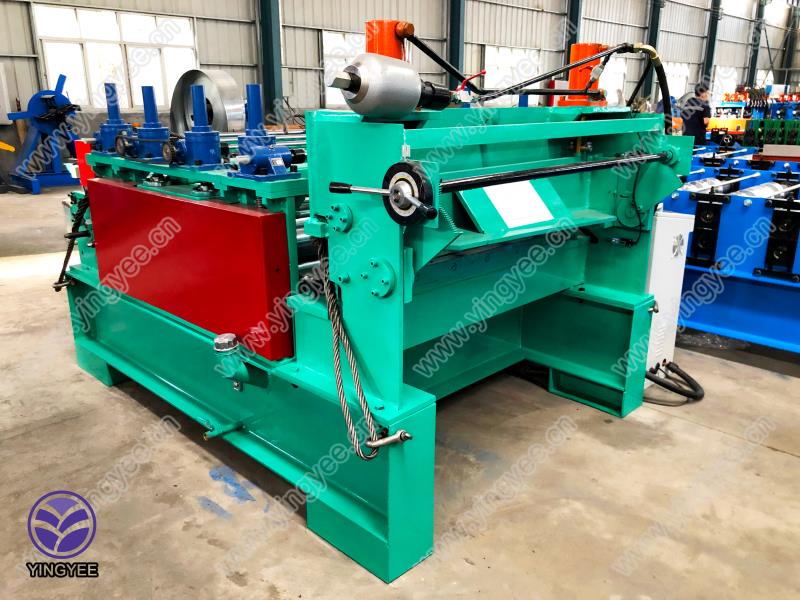
The Evolution and Advantages of Purling Roll Forming Machines
In the world of metal construction and fabrication, efficiency and precision are paramount. One of the technological innovations that have revolutionized this sector is the purling roll forming machine. This advanced machinery is designed to streamline the production of purlins, which are essential structural components used in the construction of buildings, particularly in creating roofs and frames.
Understanding Purlins
Purlins are horizontal supports that run between the main structural framework of a building. They are primarily used to support roofing sheets and assist in the overall stability of the structure. Typically made from steel or aluminum, purlins come in various shapes, including C, Z, and U profiles, each serving specific architectural needs. The demand for these components has surged, necessitating efficient manufacturing processes that can keep up with construction industry growth.
The Role of Roll Forming
Roll forming is a continuous bending process that transforms flat metal sheets into desired shapes by passing them through a series of rollers. The roll forming process is highly efficient, producing uniform sections in large quantities while minimizing material waste. Traditional methods of purlin fabrication, such as cutting and welding, are often time-consuming and less precise. In contrast, a purling roll forming machine can efficiently produce accurate profiles within a shorter time frame.
Key Features of Purling Roll Forming Machines
1. Customizability Modern purling roll forming machines are highly customizable, allowing manufacturers to adjust the machine settings to produce various profiles. This flexibility enables businesses to respond rapidly to market demands.
2. High Production Speed These machines can operate at high speeds, facilitating the mass production of purlins. This speed is crucial to meet project deadlines and reduce labor costs associated with manual production processes.

3. Automation Many purling roll forming machines feature advanced automation systems. These systems can control multiple parameters, including speed, pressure, and temperature, ensuring consistent product quality. Furthermore, automation reduces the likelihood of human error, further enhancing precision.
4. Material Efficiency Roll forming uses less material than other manufacturing processes, such as cutting or machining. The ability to create parts from continuous coils of material minimizes waste, making it an environmentally friendly option.
5. Durability and Strength The inherent design and production methods used in purling roll forming ensure that the end products possess higher structural integrity. The uniformity in shape and thickness contributes to the strength of the purlins, making them reliable supports for any construction project.
Economic Advantages
Investing in a purling roll forming machine can yield significant economic benefits for manufacturers. The combination of faster production times and reduced material waste translates to lower operational costs. Additionally, the ability to produce custom profiles on demand allows manufacturers to serve a broader range of clients, enhancing business opportunities.
Applications in Construction
Purlins have found their place in various construction applications, from warehouses and factories to residential buildings and agricultural structures. The ongoing evolution in construction practices, especially the rise of pre-engineered buildings, has increased the demand for rapid and reliable purlin production. This trend further underlines the importance of efficient roll forming technology in today’s construction landscape.
Conclusion
As the construction industry continues to evolve, the necessity for high-quality, efficient manufacturing processes remains crucial. Purling roll forming machines represent a significant advancement in meeting these demands. By providing customizable, fast, and precise production of purlins, these machines not only enhance productivity but also help businesses stay competitive in a fast-paced market. The benefits they offer, ranging from economic efficiencies to structural reliability, underscore their role in shaping the future of construction fabrication. As technology advances, we can expect further innovations in purling roll forming machines that will further streamline production processes and push the boundaries of what is possible in metal fabrication.